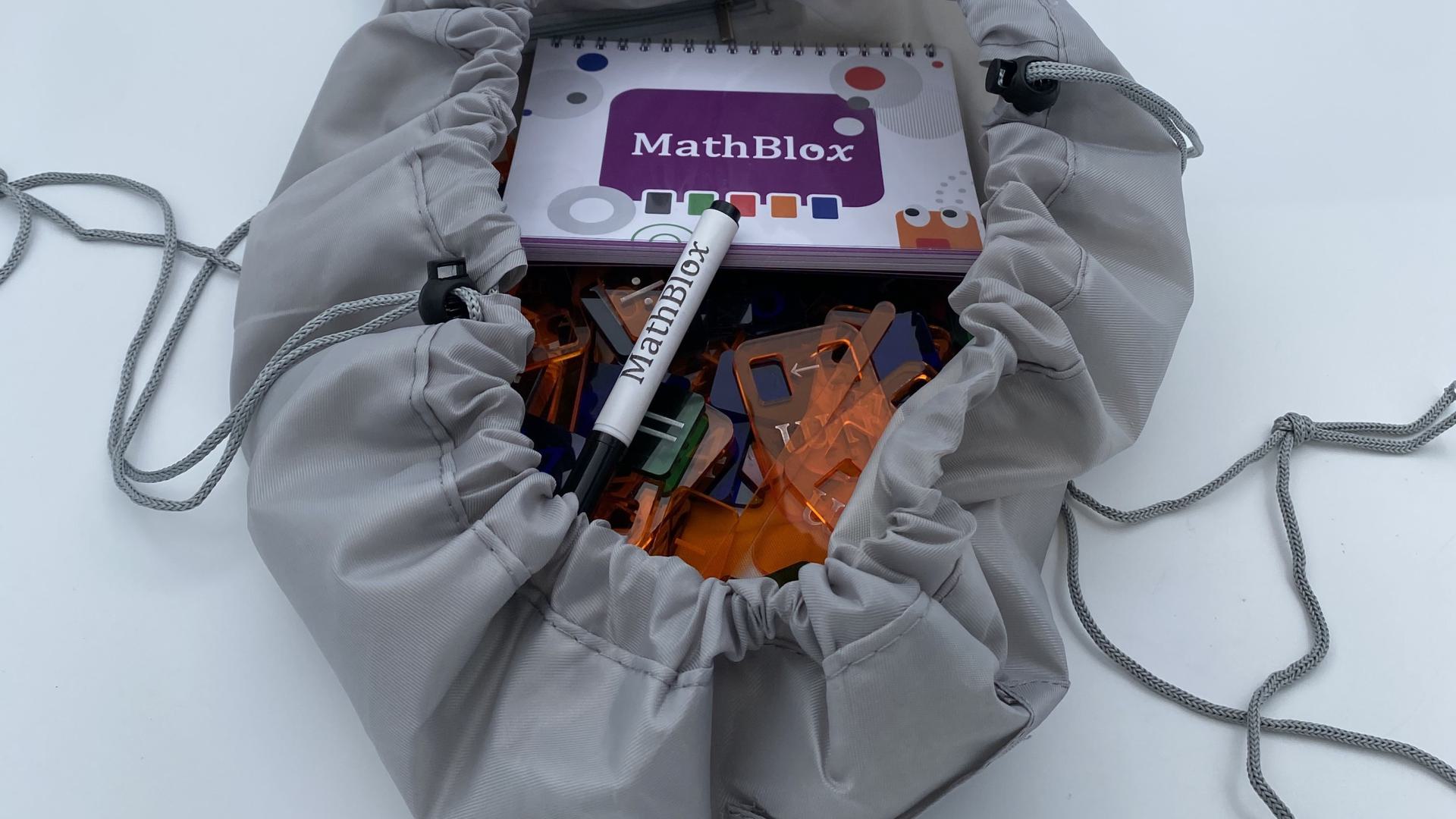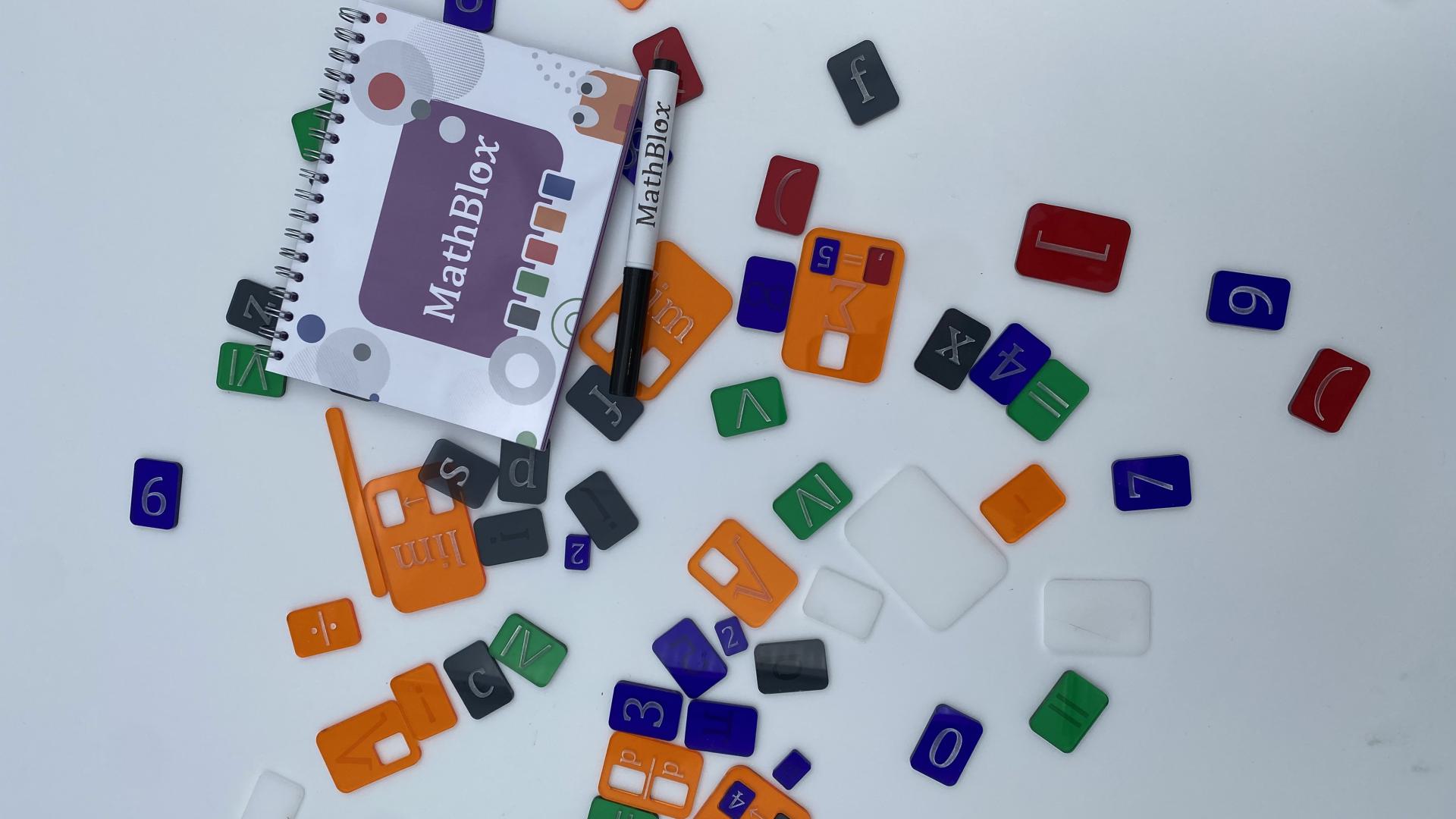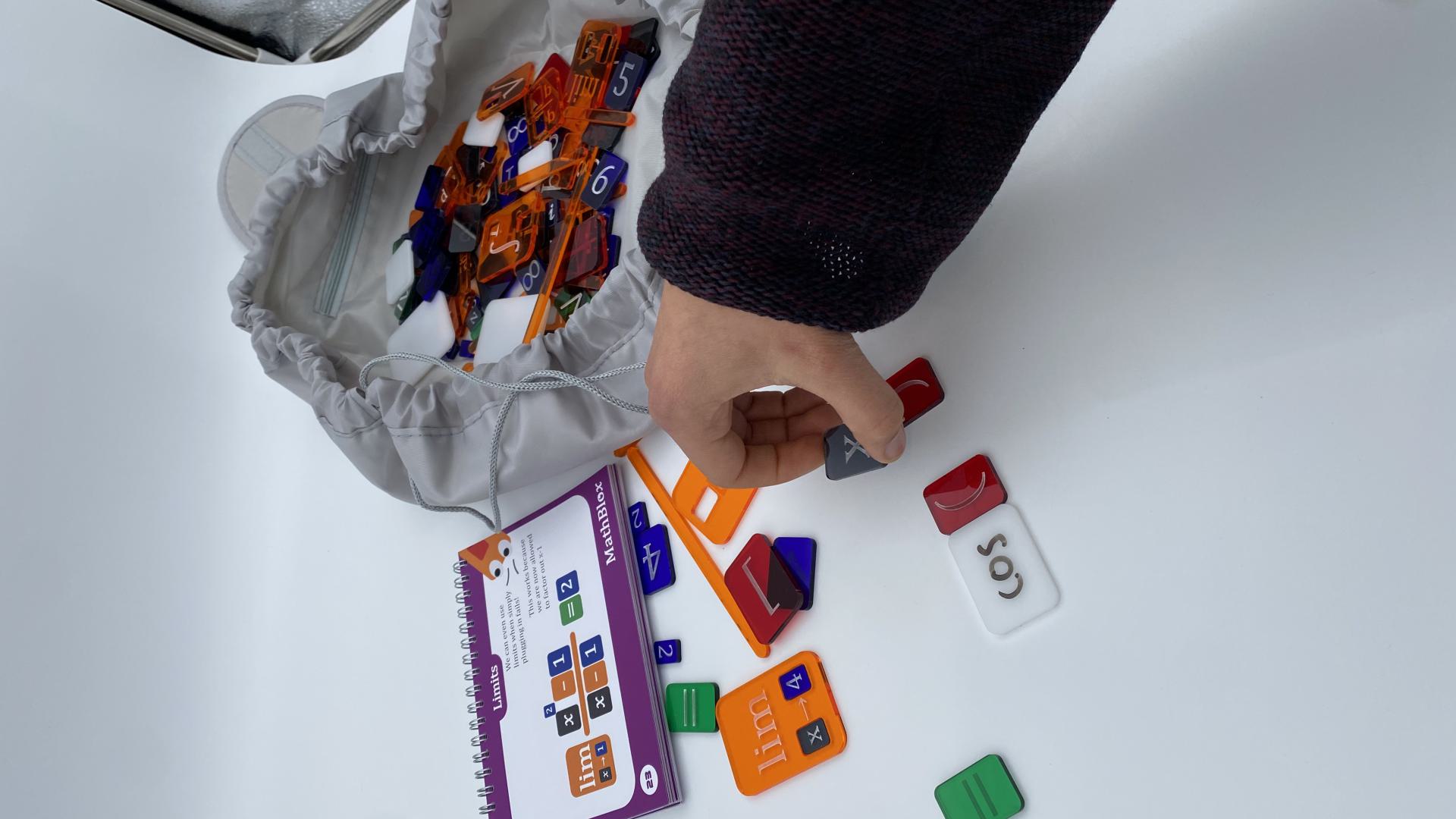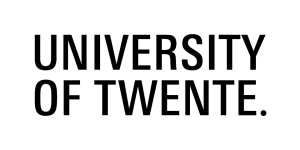Project introduction
For the project ‘Design for Specific Users’, we were asked to work with a co-designer, someone who actively participated with the group to solve a problem specific to them. The project team worked with a highly gifted child who was deemed unfit for the regular educational system. The six-year-old co-designer had trouble communicating, yet was able to do calculus, a subject typically reserved for university students. The child's father mostly filled this communication gap. The teamwork with the co-designer, his father and the group resulted in a solution to a user-specific problem.
Project process
The design process began with meetings to get to know the gifted child and understand how he communicated best. From there, brainstorming sessions were held together, giving him space to express ideas in his own way. The goal was to create many different options, allowing him to explore and choose what felt right. Along the way, the project took unexpected turns that reflected his individuality and creativity.
Based on the information collected during the brainstorming sessions, we developed several concepts, which we presented in subsequent sessions. Using these concepts, we gained new insights that informed a second round of ideas, from which we synthesised the final product.
MathBlox provides space for individuality and creativity by providing open-ended play and learning. In addition, it celebrates open-minded teaching while respecting this child’s instincts, not just his mathematical strengths. A special detail is found in the tiles: made in his favourite colours and marked with mathematical signs, they bring clarity for the teacher while keeping the child’s world playful and personal.
Projects reflection through current use
After the project was finished near the end of April, we gave the product prototype to the co-designer. This prototype included 250 MathBlox tiles, an instruction booklet, a whiteboard marker, erasing cloth and a storage bag. The whiteboard markers can be used to write on the blank tiles in case the co-designer learned new notations.
Halfway through September, we inquired about the current use of our product. The parents responded with excitement. MathBlox was still being used by the co-designer. Not only according to the provided booklet, but also in other mathematical applications, such as his calculus lessons, or as labels while the co-designer is sorting something. This shows the effectiveness of the MathBlox and the ability to provide space for open-ended play and learning.
 Free wifi available
Free wifi available
 Toilets available
Toilets available
 Fully wheelchair accessible
Fully wheelchair accessible
 Wheelchair friendly toilet available
Wheelchair friendly toilet available





